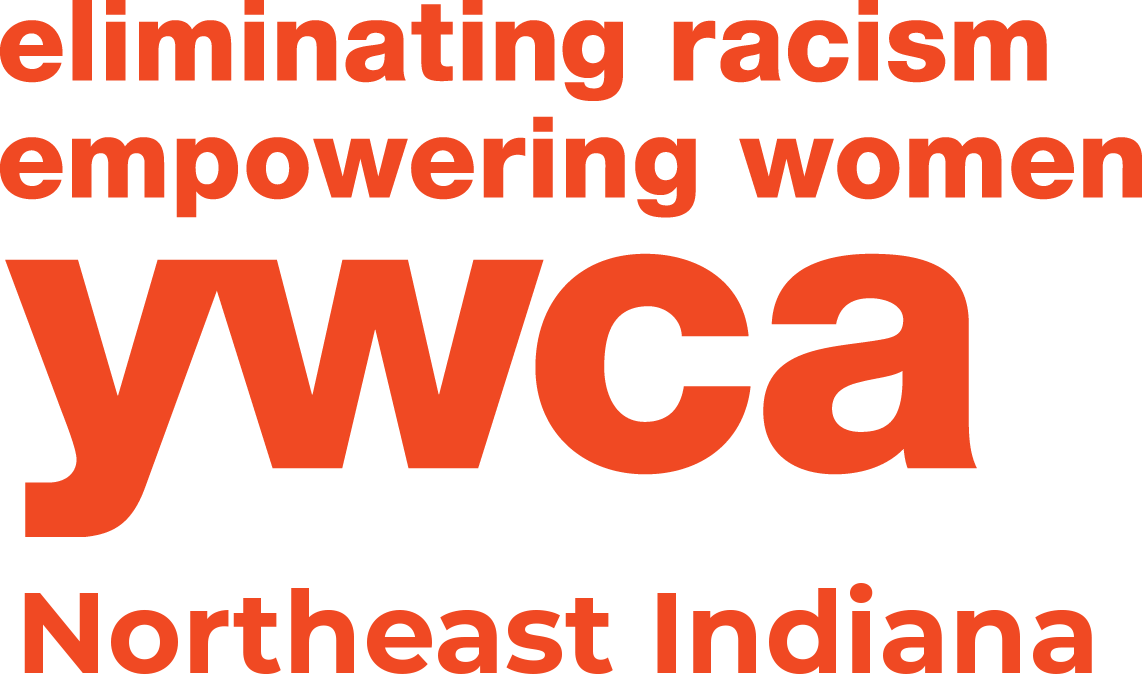By Hannah Shoue
“This is a movement led and envisioned and directed by Black women. Many of us are queer, we’re moms, and we really started this work because we wanted to see our children survive. We’re laying the groundwork and foundation for a new world, not just for our descendants but for right now” (June 2020).
The above quote is by Patrisse Cullors, artist, activist, and co-founder of Black Lives Matter. Black Lives Matter today is a global organization and household name; however, the organization began with a simple social media post in 2013.
As a response to the acquittal of Trayvon Martin’s killer in 2013, writer Alicia Garza wrote a “love letter” to the black community that she posted online, which included the phrase “our lives matter.” Patrisse Cullors was inspired by the letter and phrasing and decided to put a hashtag on the phrase, creating the famous #BlackLivesMatter. Opal Tometi, a writer and community organizer, reached out to the two women and helped them establish an online presence and social media platforms. The Black Lives Matter movement began.
When Mike Brown was killed by a Ferguson police officer in 2014, Cullors and BLM activist Darnell Moore organized a ride of over 600 people to the Ferguson and Saint Louis area to support protestors and activists. After the ride, 18 organizers started BLM chapters in their home communities.
As more and more people wanted to start BLM chapters and do the work of anti-racism in their communities, the BLM founders created the Black Lives Matter Global Network to provide infrastructure and guiding principles to the grassroots efforts of the movement. Black Lives Matter continues to be a decentralized, member-led movement, allowing for chapters to focus on local needs, and also emphasizes centering the voices and leadership of people that have been historically marginialized within racial justice movements, such as trans or nonbinary folks, women, and LGBTQIA+ folks.
Take Action
The Black Lives Matter Global Network has been around for almost seven years, but the mission of racial justice is still relevant and pressing. Every person can take action and participate in doing the work of anti-racism. What better place to start than the resources offered on the Black Lives Matter website?
Vote: BLM’s #WhatMatters2020 is a campaign with the goal of organizing voters around issues related to racial justice. Register to vote and sign up for Black Lives Matter email updates about the 2020 election, and don’t forget to use the hashtag. https://blacklivesmatter.com/what-matters-2020/
Watch: The What Matters web series has four documentary-style episodes designed to invite conversation about important topics in 2020. The South Bend BLM chapter is featured in the most recent episode: https://blacklivesmatter.com/whatmatters/
Post: The Black Lives Matter website provides graphics that can be used on different social media pages to show support: https://blacklivesmatter.com/social-media-graphics/
Explore: Familiarize yourself with the movement by checking out other areas of the Black Lives Matter website for news articles, more history, a list of chapter locations, and other ways you can get involved. https://blacklivesmatter.com/
Sources:
Castillo, Andrea. “How two Black women in L.A. helped build Black Lives Matter from a hashtag to a global movement.” Los Angeles Times, 21 June 2020. https://www.latimes.com/california/story/2020-06-21/black-lives-matter-los-angeles-patrisse-cullors-melina-abdullah
Photo: https://blacklivesmatter.com/herstory/ (Left to Right: Patrisse Cullors, Alicia Garza, Opal Tometi)
